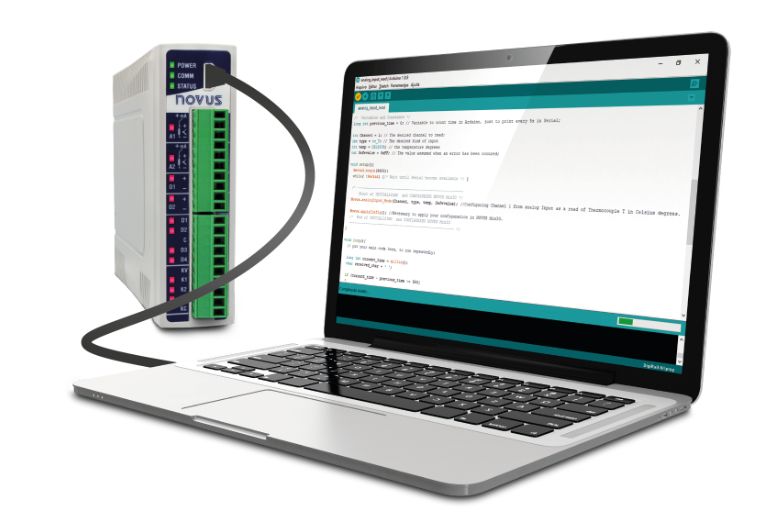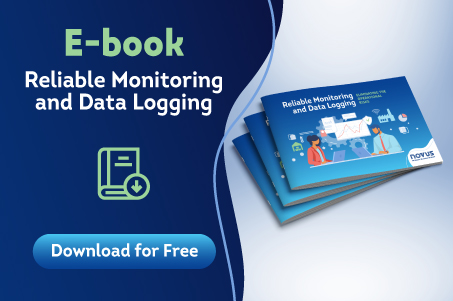Learn about the advantages of a micro-PLC
There is a famous quote that says: “you can’t solve problems with the same mindset that created them”. When thinking about challenges in different industry sectors, looking beyond the traditional may be the smartest way to solve obstacles in industrial automation.
Advances in technology don’t just happen when something completely new emerges from a garage or development lab. Innovation is also about unifying what already exists to create something different, more agile, more accessible, and – why not? – more interesting.
The traditional use of PLCs to solve automation engineering challenges is certainly a way to overcome many problems in industrial operations. But it can also be an overly expensive option with features that are not needed and that helps to increase the investment cost.
So why not solve complex problems with highly adaptable solutions?
Flexibility in industrial processes is a requested quality that is not always easy to achieve. It was thinking about a range of complex questions that NOVUS developed DigiRail NXprog, a versatile I/O device programmable in C/C++.
Advantages of C/C++ language
Widely used since the 1980s, C++ is one of the extensions or languages developed from C. C# is another language, also well known. According to the Coding Nomads platform, it is the fourth most requested programming language for job openings in the USA in 2022.
C++ is an open source, object-oriented programming language. It can be used both as a machine language and for software. The flexibility to combine features found in low-level languages with the abstractions of a high-level language, closer to human communication, is the main advantage of C++.
Due to these mixed properties, it can be considered both a high-level and low-level language, and has libraries and functions that ensure a stable, secure, and high-performance code.
The fact that the market uses C/C++ in many development environments (applications, movies, games, and hardware) is proof of the confidence they have in the performance of this technology. And there are even more advantages:
- Compared to other programming languages, the learning curve is low
- It does not require powerful development environments
- It has fast and efficient processing
- It is used in many high-performance systems
Programmable Micro-PLC: The right-sized solution
One advantage of considering a micro-PLC for industrial applications is that it provides the main functionalities of a PLC at a reduced cost. Another differential is in the technology applied to the device. Traditionally, PLCs use Ladder, a robust language with logic applicable to the industrial environment but with limitations.
Whereas C/C++, a more flexible and powerful language adapted from computing to Arduino devices, allows customizing unique details and specifications in industrial operations. Almost any function of the device is customizable to read the inputs and outputs that the process needs.
By the way, the Arduino board separates analog inputs from digital inputs. Its ease and adaptability are sometimes perceived as typical of a primitive, limited, or even fragile tool. In fact, the simplicity of the board aligned with the robustness of the housing for industrial use create a high-performance device that cannot be matched by any other on the market.
An Arduino micro-PLC, such as the DigiRail NXprog, is incredibly versatile because of its customization features and cost-effectiveness. And precisely because it is programmable in C/C++, there is lots of codes in free libraries, allowing quick configuration and commissioning of the devices.
The fact that it uses a dynamic programming logic guarantees plenty of tutorials and codes for complex algorithms as well as simpler operations. Check out some programming situations by clicking the link below:
Read more:
Canadian company provides instrument and flowmeter validation with NOVUS Data Logger
How to ensure the reliability that the customer expects from an industrial oven or furnace
How to minimize the risks in water distribution or treatment systems

















